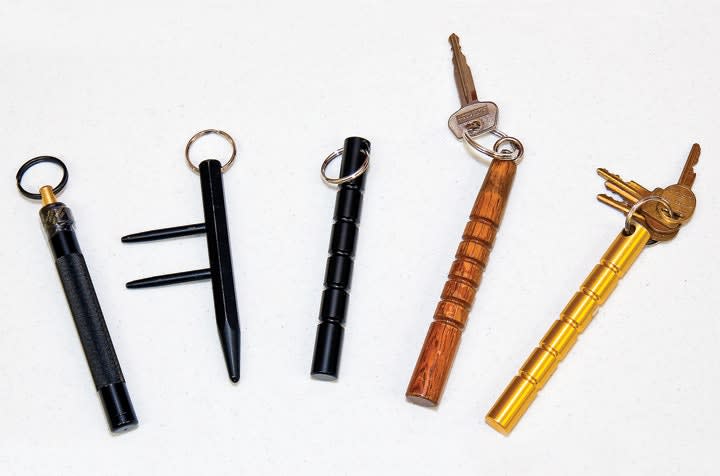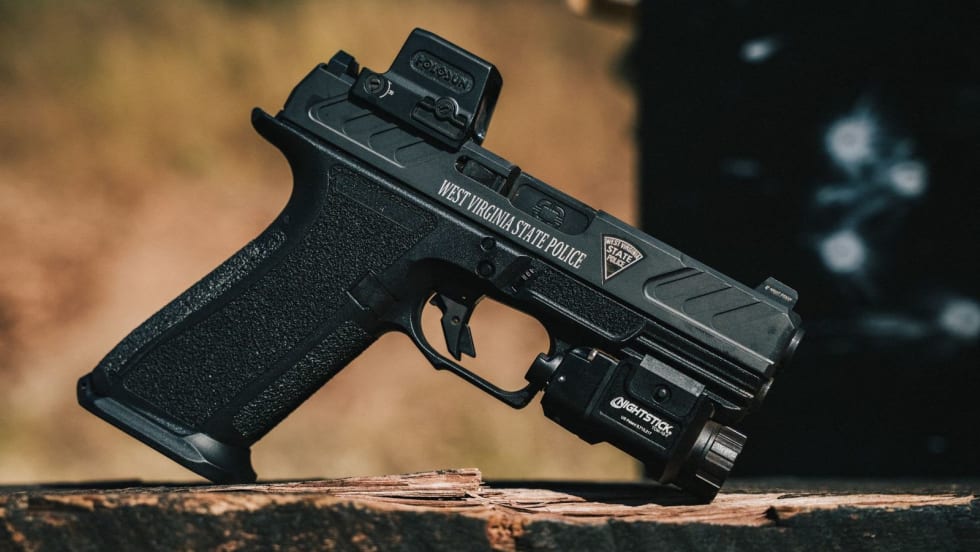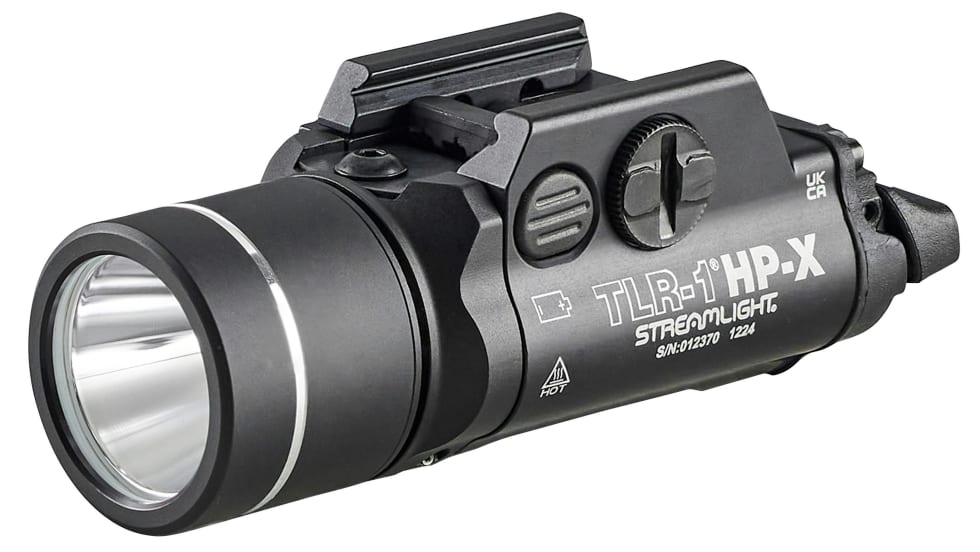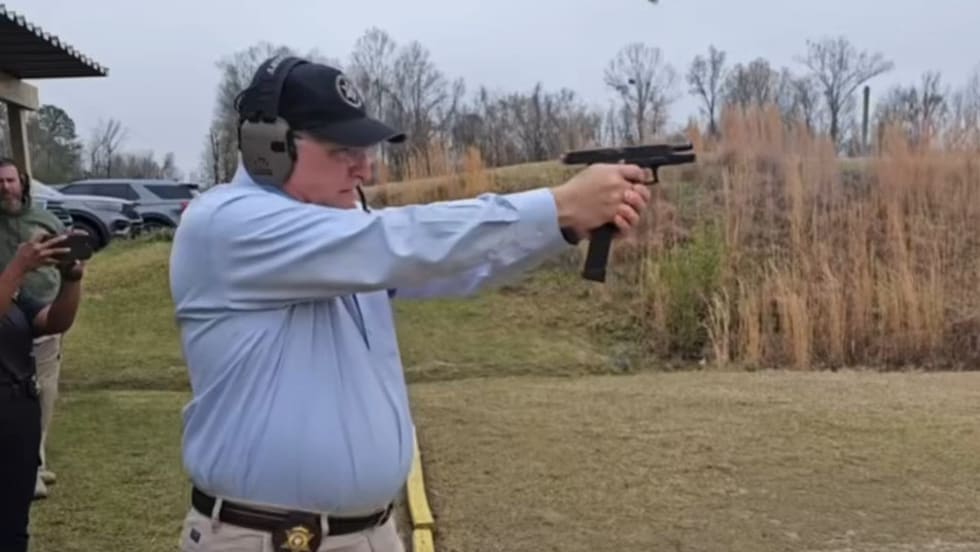One of the most effective law enforcement tools that I used during my law enforcement career was the Kubotan, a 5.5-inch rod used for striking or pressure point manipulation. On duty, I found that by hiding it in my waistband with my patrol unit key attached to it, the Kubotan was readily accessible, quickly deployed, and it helped me avoid having to use even greater uses of force.
On one occasion, a suspect had the poor judgment to lay his hands on me in an attempt to break free of my grip on his forearm. I struck him sharply in the center of the sternum with the Kubotan: instant behavior modification. It took the fight right out of him and neither of us ended up rolling on the ground—maybe he did, but not with me. And it didn't look particularly offensive to onlookers.










